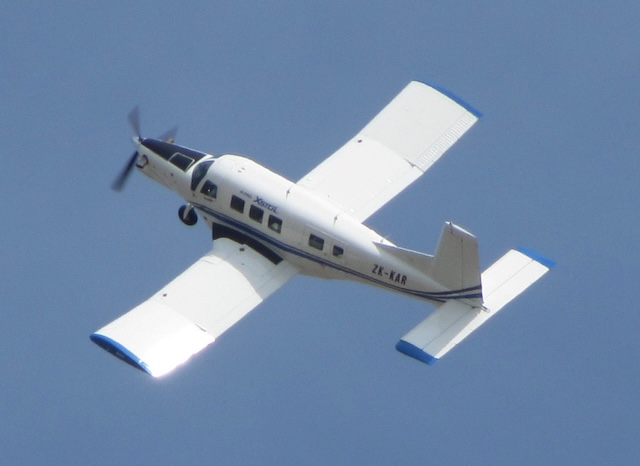P750
Summary
| Category | Military Transport Aircraft |
| Origin country | 🇳🇿 New Zealand |
| Manufacturer | Pacific Aerospace |
| First flight | 1 January 2001 |
| Year introduced | 2001 |
| Number produced | 120 units |
| Average unit price | $2.2 million |
Description
Developed from the PAC Cresco, the P-750 XSTOL was designed by New Zealand's Pacific Aerospace Limited to create a more capable utility aircraft by combining the Cresco's engine and wings with a new, larger fuselage and a modified tail. Its maiden flight occurred in 2001, but difficulties with the horizontal tail surfaces required a redesign before production commenced. The aircraft received full US FAA certification in 2004, followed by ICAO Annex 6 certification for Single Engine IFR Commercial Passenger Transport in 2012. Production milestones include the 100th airframe being completed by February 2016 and the launch of the uprated Super-Pac XL variant in March 2018. Pacific Aerospace has also authorized licence production of the type in China.
The PAC P-750 XSTOL is a conventional all-metal, low-wing monoplane featuring a fixed tricycle undercarriage. It is powered by a 750 hp Pratt & Whitney Canada PT6 turboprop engine, providing a high power-to-weight ratio ideal for its STOL capabilities. The aircraft's unique wing design allows it to carry a higher payload than some larger competitors, and it excels at operating from rough, unpaved airstrips, with an optional wide tyre modification available. Specialized equipment can be fitted for missions such as geo-surveying, for which aircraft have been modified with a magnetic anomaly detector sting tail. The cabin can hold up to nine passengers or be configured for cargo, with double cargo doors at the rear and an optional 1,000 lb capacity belly-mounted cargo pod.
A modified version of the P-750 is under development for counter-insurgency and light attack roles.
Initially created for the skydiving market, the aircraft's operational scope quickly expanded to include freight, passenger transport, agricultural applications, aerial photography, and surveying. It has been deployed in a humanitarian capacity by NatureLink under United Nations and World Food Programme contracts in South Africa. The Papua New Guinea Defence Force is a military operator of the type. An international incident occurred in 2016 when a P-750, sold to a Chinese entity, was illegally exported to North Korea and appeared at a local airshow. Pacific Aerospace later pleaded guilty to charges related to planning the export of replacement parts.
Main Variants
- Super-Pac XL: An upgraded model launched in 2018 featuring a more powerful 900 hp PT6A-140A engine and a four-blade Hartzell propeller.
- F-25: A dedicated aerial firefighting variant equipped with a new hydraulics pack, a fire gate, and an increased payload capacity.
- Civil Cargo UAV: A remotely piloted unmanned aerial vehicle version that was developed and flown in China with minimal changes from the base airframe.
Technical specifications
| Version: PAC-750 | |
|---|---|
| Crew | 1 |
| Operational range | 2,183 km (1,356 mi) |
| Endurance | 8 hours |
| Maximum speed | 315 km/h (196 mph) |
| Wing area | 24.9 m² (267.8 sqft) |
| Wingspan | 12.8 m (42.0 ft) |
| Height | 3.9 m (12.7 ft) |
| Length | 11.1 m (36.5 ft) |
| Service ceiling | 6,096 m (20,000 ft) |
| Empty weight | 1,633 kg (3,600 lbs) |
| Max. takeoff weight | 3,402 kg (7,500 lbs) |
| Climb rate | 5.42 m/s (17.8 ft/s) |
| Powerplant | 1 x Pratt & Whitney Canada PT6 A-34 turboprop delivering 560 kW each |
Current operating countries
| Country | Units | ||
|---|---|---|---|

|
Papua New Guinea | 3 | |

|
United Arab Emirates | 1 | |
All operators
